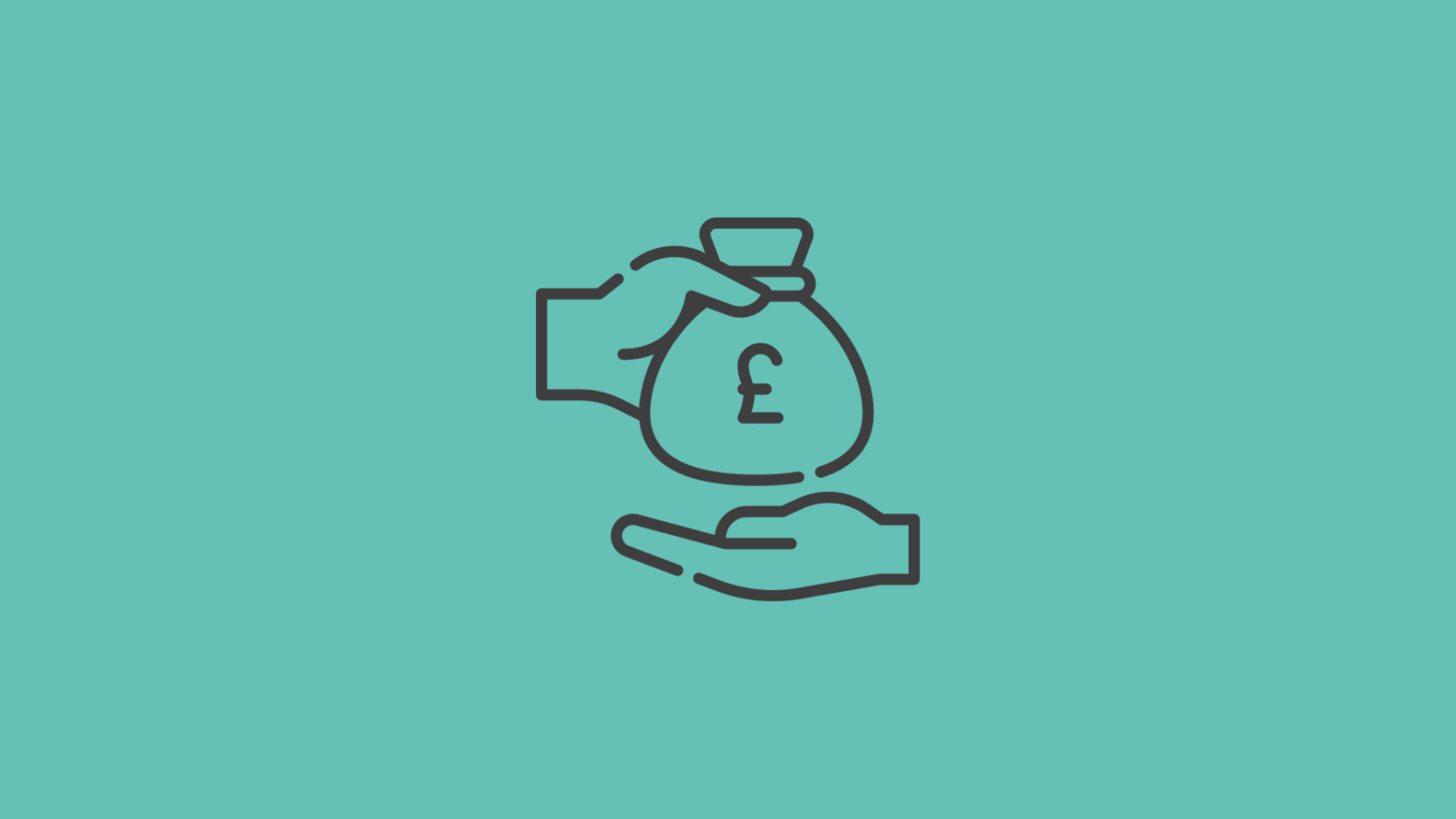

What Is a Cap Table in Business?
27th June 2023
Understanding the concept of a cap table is essential to help entrepreneurs properly manage and grow their businesses. Short for ‘capitalisation table’, a cap table is a document that outlines the ownership structure of a company, including the distribution of equity among shareholders.
In this article, we’ll explore what cap tables are, why they’re important for entrepreneurs and how they can be used to drive success.
Jump to the following sections:
- What is a cap table?
- Why are cap tables important?
- How are cap tables used?
- How to create a cap table
- The challenges in creating a cap table
- Calculating dilution on a cap table
| Download our FREE cap table template |
What is a cap table?
A cap table is a spreadsheet that tracks the ownership structure of a company, including the shares and options held by shareholders, as well as any equity granted to employees, advisors, and other stakeholders. It provides a detailed breakdown of the company’s capitalisation, which is the total amount of equity and debt invested in the business. It can also be used to calculate the fully diluted share count, which is the total number of shares outstanding if all outstanding options and warrants were exercised.
Your cap table will typically include information such as the names of shareholders, the number of shares they hold, the percentage of ownership and the type of shares (e.g., common, preferred or convertible). It can also include information about any restrictions or conditions attached to the shares, such as vesting schedules or transfer restrictions.
Related: What You Should Know About the EBITDA Multiple Formula
Why are cap tables important?
Cap tables are essential for business owners and founders because they provide a clear and transparent record of the ownership structure of their business. This can be especially important when seeking funding from investors or when considering a merger or acquisition. Investors and acquirers will want to review the cap table to understand the ownership structure and the potential dilution of their investment.
Cap tables can also help you manage and plan the growth of the business. By understanding the current ownership structure and potential future dilution, you can make informed decisions about issuing new shares, granting equity to employees, or considering a share buyback. Cap tables can also help you track the impact of different funding rounds on the ownership structure and the potential dilution of existing shareholders.
In addition, cap tables can be used to model different scenarios and test the impact of various funding, dilution, and exit scenarios. This can help you understand the potential outcomes of other decisions and make more informed strategic choices.
How are cap tables used?
Cap tables are used in a variety of ways, for example:
Fundraising
When seeking funding from investors, you will typically need to provide a cap table to potential investors to help them understand the ownership structure of your business and the possible dilution of their investment. It can also help you negotiate favourable terms by demonstrating the potential impact of different funding scenarios on the ownership structure.
Share options
Cap tables can be used to track the distribution of equity to employees, advisors and other stakeholders. By understanding the current ownership structure and potential future dilution, you can make informed decisions about granting equity, creating a share options pool, and structuring equity compensation plans.
Share buybacks
Cap tables can help you understand the potential impact of a share buyback on the ownership structure and the possible dilution of existing shareholders. By modelling different scenarios, you can make informed decisions about whether a share buyback is the right strategy for your business.
Mergers and acquisitions
When considering a merger or acquisition, the acquiring and target companies must review the cap table to understand their investment’s ownership structure and potential dilution. The cap table can also help a company negotiate the terms of the transaction by providing a clear record of the ownership structure.
Strategic planning
Cap tables are also used to model different scenarios and test the impact of various funding, dilution, and exit scenarios which will help you make informed decisions about the potential outcomes of different choices and the long-term impact on the ownership structure and – again – potential dilution of existing shareholders.
For example, you will be able to model different funding scenarios and understand the impact of each on the ownership structure, which will help you make informed decisions about the best approach to funding your business and minimise the potential dilution of existing shareholders.
Cap tables can also be used to model the impact of different exit scenarios, such as an IPO, merger, or acquisition. By understanding the potential outcomes of each scenario, entrepreneurs can make informed decisions about the best exit strategy for their business and optimise the company’s value for existing shareholders.
How to create a cap table
Creating a cap table can be a complex process, especially for businesses that have issued multiple rounds of funding and have many shareholders. Here are the key steps in creating a cap table:
Gather Information
- Gather all relevant information about the company’s capitalisation, including:
- Number of shares outstanding
- Type of shares
- Number of shares held by each shareholder
- Any equity grants or other obligations.
Create a Spreadsheet
- Create a spreadsheet using a template [INSERT JUMP LINK] or a cap table software program and include all relevant information, such as:
- Names of shareholders
- Number of shares they hold
- Percentage of ownership
- Any restrictions or conditions attached to the shares.
Update Regularly
- Update the cap table regularly to reflect any changes in the ownership structure or the capitalisation of the business. This may include:
- New funding rounds
- New equity grants or changes in the number of shares held by shareholders.
Share with Stakeholders
- Share the cap table with investors, employees, and other stakeholders as needed. It is essential to maintain accuracy and transparency to ensure that stakeholders clearly understand the business’s ownership structure.
The challenges of creating a cap table
Creating a cap table can be a complex and challenging process for entrepreneurs, especially for businesses that have issued multiple rounds of funding and have many shareholders. Some of the biggest challenges that entrepreneurs may face when creating a cap table include the following:
Gathering accurate information
- To create an accurate cap table, entrepreneurs must gather all relevant information about the company’s capitalisation and ensuring it is correct can be challenging, significantly if the business has changed hands multiple times or has complex equity structures.
Managing changes
- Cap tables must be updated regularly to reflect any changes in the ownership structure or the capitalisation of the business. Managing these changes can be challenging, especially for companies with a large number of shareholders or undergoing rapid growth.
Understanding the impact of dilution
- Dilution is a critical factor that entrepreneurs must consider when creating a cap table. Understanding the impact of dilution on the ownership structure and the potential dilution of existing shareholders can be challenging, especially for new entrepreneurs. See how to troubleshoot this below.
Choosing the right software or template
- Many cap table software programs and templates are available, and choosing the right one for the business can be a challenge. Entrepreneurs must consider factors such as cost, ease of use, and the ability to handle complex equity structures when choosing a cap table solution.
Calculating dilution on a cap table
This is an important process to help you understand the impact of new investment or equity issuance on the ownership structure of your company. Follow these steps:
Determine the pre-money valuation of the company
This is the value of the company before any new investment is made. Take the company’s total value and subtract the new investment amount.
Calculate the post-money valuation
This is the value of the company after the new investment is made. Add the amount of new investment to the pre-money valuation.
Determine the ownership percentage of each shareholder
Divide the number of shares each shareholder holds by the total number of outstanding shares.
Calculate the ownership percentage after dilution
Add the new shares issued to the total number of outstanding shares and recalculate each shareholder’s ownership percentage.
Calculate the amount of dilution
Deduct the ownership percentage before dilution from the ownership percentage after dilution. This will give you the percentage of ownership each shareholder will lose due to the new investment or equity issuance.
A cap table is a critical tool for entrepreneurs to manage and grow their businesses. By providing a clear record of the ownership structure and potential dilution of existing shareholders, cap tables can be used to make informed decisions about fundraising, equity grants, share buybacks and strategic planning. While creating a cap table can be a complex process, entrepreneurs need to maintain accuracy and transparency to ensure the success of their business.
Robot Mascot is here to support you every step of the way, providing guidance, expertise, and personalised advice to help you thrive as an entrepreneur. You can download our free cap table template by clicking here.
UP NEXT:
The Importance of an Exit Strategy
How Much Time and Money Should Seed and Series a Startups Spend on Market Research?
Keep up to date with what we’re up to via email






Copyright ©Robot Mascot Ltd. All rights reserved.








